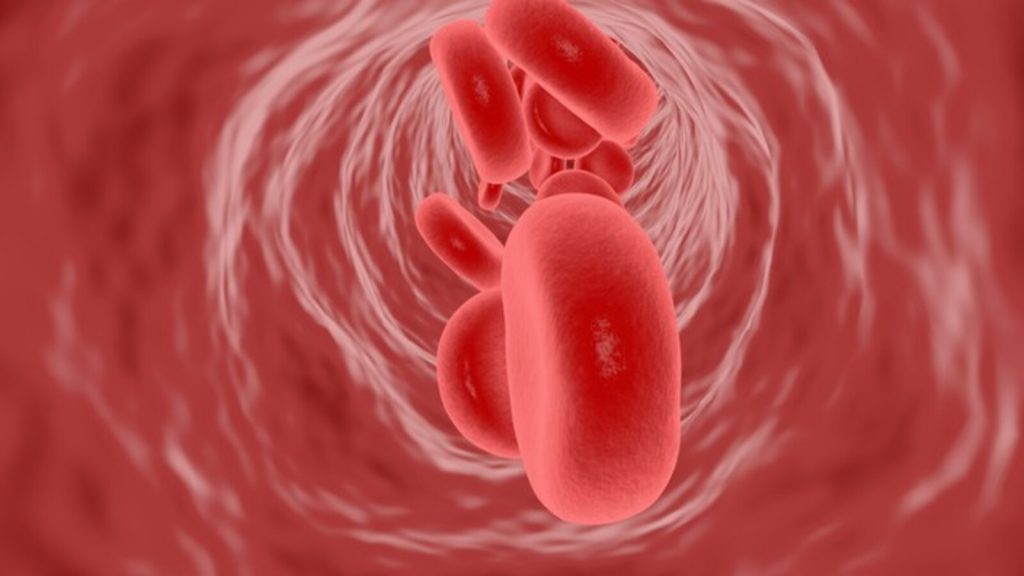
Cord blood hematopoietic stem cell transplantation is one of the most mature applications of cellular therapy and can be used to treat more than 80 different diseases in four major categories. 臍帶血With the continuous advancement of scientific learning, the various cells and factors in cord blood are constantly being developed and designed, which has led to a great extension of the scope of management and an increase in the use of umbilical cord blood year after year.
The composition of cord blood is similar to that of adult blood, but different. Cord blood not only contains all the components of normal blood, such as red blood cells, white blood cells, platelets, serum, etc.,臍帶血 but also rich in stem cells, such as hematopoietic stem cells, embryonic stem cells, and endothelial progenitor cells, and immune cells, which are less immunogenic and more powerful, as immunocellular therapy also provides a rich source of cells, so that it can be said that the “whole body” of the cord blood is a treasure trove. “It can be said that cord blood is a treasure trove.
After cord blood collection, it should be transported to the preparation room of a major blood bank within 24 hours. After centrifugation,臍帶血 the cord blood is divided into three layers: the upper layer is plasma, the lower layer is red blood cells and platelets, and the middle layer is nucleated cells.
After centrifugation, the cord blood is divided into three layers, the upper layer is plasma, the lower layer is red blood cells and platelets, and the middle layer is nucleated cells.
In the past, cord blood plasma was discarded, but now it is finding uses. For example, platelet-rich plasma (PRP) contains a large amount of growth factors, which can promote cell proliferation and differentiation, and has been increasingly used for tissue repair in the fields of dentistry, plastic surgery, orthopedics, ENT, neurosurgery, etc. PRP has the ability to treat acne marks, heal difficult wounds, help fat cells survive after autologous fat grafting, repair wounds after skin laser treatments, and smoothen out fine lines on the skin. The effect of the cord blood exosome is that it can be used for the treatment of wounds. Cord blood exosomes play an even greater role, not only can regulate various immune cells in the body, enhance the proliferation and migration of endothelial cells to promote blood vessel regeneration, but also improve the heart function of type II diabetes mellitus-induced stroke and reverse cirrhosis of the liver, and even cord blood is rich in a variety of nutrients can stimulate the growth of hair [4].
PRP and exosomes are a hot topic in cord blood plasma research.
The single nucleated cells in cord blood are the main force in the development and application of regenerative medicine. Due to the unique alternative market mechanism of the stem cells in the single nucleated cells, the mechanism of vascular repair work, and the immuno-endocrine stimulation of the economic mechanism, it has prompted the single nucleated cells to play a great role in the treatment of cerebral palsy, autism, Alzheimer’s disease, Parkinson’s disease and other mental diseases related to neurological dysfunction, and can also be used as the basis of medical information technology in our country. At the same time, with the continuous learning and advancement of medical information technology in our country, the research and treatment of spinal cord injury, premature ovarian failure, diabetes mellitus, bronchopulmonary dysplasia, cirrhosis of the liver, heart failure, hearing impairment and other diseases have been gradually developed in-depth, and at present we have not been involved in more than a dozen departments and dozens of diseases.
Cord blood mononuclear cells play a huge role in the application of cord blood.
Cord blood is rich in immune cells. A panel of immune cells induced by a combination of cytokines from cord blood mononuclear cells has been shown to be effective in the treatment of small cell carcinoma, and is an important method of stimulating the body’s immunity against tumor cells after surgery, radiation therapy, and chemotherapy. The effect of cord blood single nucleated cell-induced immune cell differentiation on the immune function of small cell cancer patients. The results showed that cord blood immune cells can promote the recovery of immune function in small cell cancer patients, improve the clinical efficacy of small cell cancer treatment, without increasing the incidence of adverse effects, improve the quality of life of patients, and obtain good short-term clinical results. In addition, cord blood immune cells are rich in NK, CIK and T cells, which can be used not only as adjuvant chemotherapy during cancer treatment, but also for cancer treatment, and can also provide a rich source of cells for cellular immunotherapy, such as CAR-T and CAR-NK. Cord blood-derived regulatory T cell therapy has a great potential for the treatment of coronary artery-mediated acute respiratory distress syndrome.
In summary, cord blood is a rich source of cell types and nutrients. Currently, the use of cord blood is not limited to transplantation. As human technology continues to advance, cord blood will be tapped into for the benefit of more people.
Related articles:
Is it necessary to preserve pregnant cord blood? What does it do?